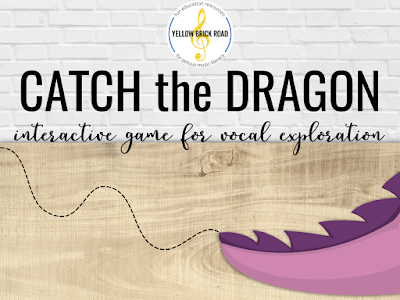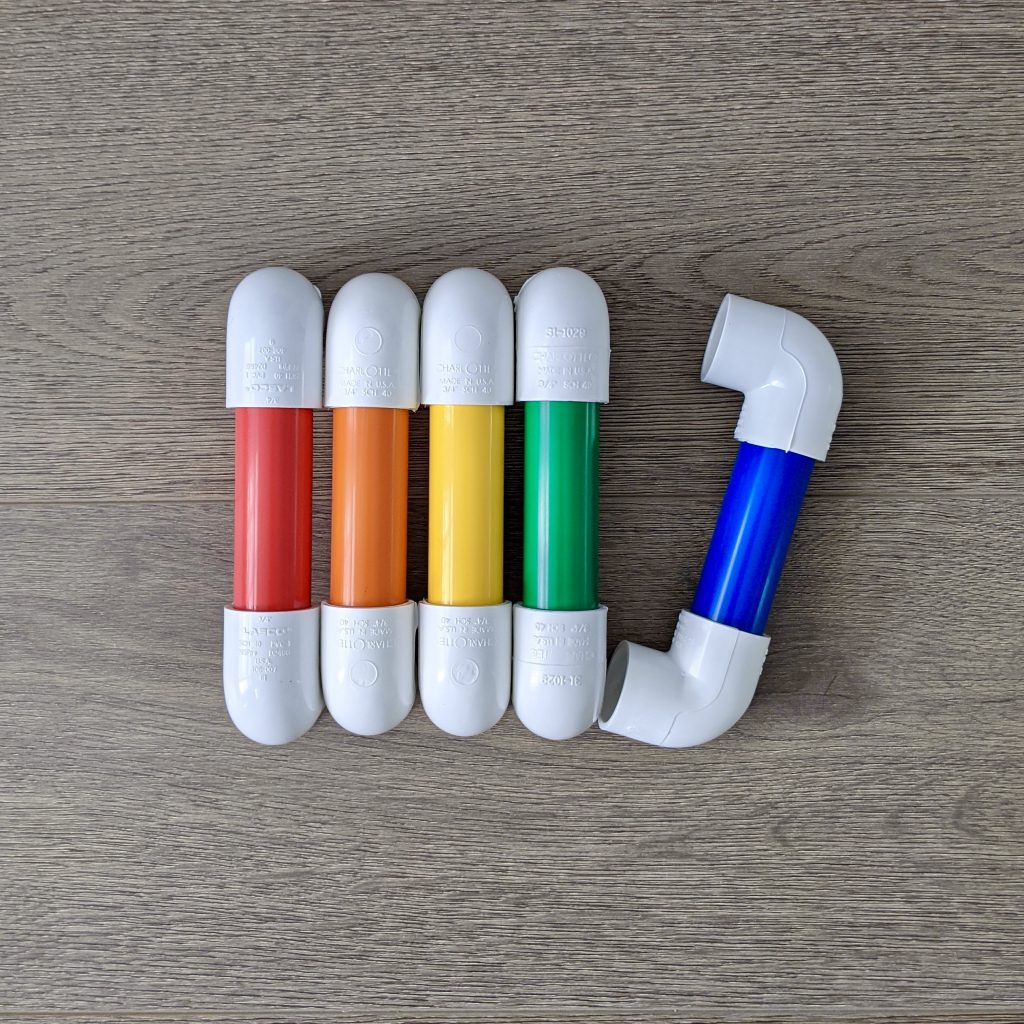Vocal exploration is a standard activity in elementary music classrooms. It helps students find their singing voices and learn how to better control it. The research citing its benefits is extensive. However, let’s imagine you’re a first-year teacher who had originally planned on being a high school band director. Let’s imagine that your elementary methods classes didn’t contain any information on vocal exploration. I don’t have to imagine that scenario, because that was me when I first started teaching years ago.
I ended up learning about vocal exploration through personal research and my own need to learn more about my craft. Admittedly, there was a feeling of guilt that accompanied my actions. I hated that I hadn’t started out knowing everything. I hated that feeling of being behind. Since then, my attitude has changed dramatically. And one saying that I always keep in mind is this, You don’t know what you don’t know. It’s funny, but it’s also true.
The more time we spend beating ourselves up about the knowledge we lack, the less time we have to learn new things. It’s one of the many reasons I started this blog. I want to share what I know, and in the process, share what I’ve learned from all of you.
What is vocal exploration?
Simply put, it’s the act of exploring your voice. In elementary class, this often means singing high and low without any emphasis on a specific set of pitches. For example, when a choir does a warm-up that involves a “siren”, this is considered vocal exploration. Students are creating the contour of a siren, but are not trying to sing a specific set of pitches. Rather, they’re focused on moving their voices from low to high.
Why use vocal exploration?
Students need to physically feel the effects of singing higher and lower. They need to practice this in a safe environment, where there’s no “right or wrong” answer. They deserve the opportunity to explore their singing voices without judgment.
They need to become familiar with how it feels to make their voices go higher and lower. When they better understand this feeling, they have more control over their singing voices. And this is the first step in eventually learning how to match specific pitches.
How important is it really?
I spent a large chunk of my life assuming that music came as easily to everyone else as it came to me. Like many of you, I have very strong relative pitch and find it easy to learn new instruments. However, I didn’t grasp how different my experience was from others until college. I was giving my non-music major friend some voice lessons as part of a class project. At some point in the first lesson, I instructed her to “sing higher”. Her question was, “How do I make my voice go higher?” It was a lightbulb moment for me.
I’d assumed that everyone knew how to manipulate their voice (and we all know what happens when we assume). Now imagine a student, like my college friend, in elementary class. Imagine how much they would benefit from experiencing vocal exploration. Imagine how they might sing when they know how it feels to have control over their own voice. Imagine the confidence they could gain from knowing how it feels to sing high and low, and to sing free of judgment.
VOCAL EXPLORATION WITH DRAWN LINES
Draw a line on your whiteboard or on a piece of paper. The more curly it is, the more fun students will have with it. Model singing the line first; singing higher when the line moves up, and lower when the line moves down. Demonstrate this several times, with a few different lines, before asking your students to do the same.
Over time, you can ask students to draw their own lines. Then, they can be the “conductor” and follow the line with a pointer as the rest of the class sings along. This is a great opportunity for students to be leaders in music a safe, nonjudgemental way.
I recently updated an interactive game from this blog and added it to my store as a free resource. If you’re looking for a new way to try vocal exploration, this would be a fantastic option. Click the image below to learn more about the game and how to use it in your classroom.
VOCAL EXPLORATION WITH PIPE CLEANERS
Give each student one pipe cleaner, then ask them to shape it in any way they want. Have them “sing their shapes” to themselves or to a partner. If your principal requests that your students do more “pair and share”, then this is a fantastic option. Students can reshape the pipe cleaner when they’re finished sharing. Then, they can rotate to a new partner. Continue until students have shared with everyone, including your principal!
SLIDE WHISTLE ECHOES
Ask students to echo your slide whistle with their voice. This is a simple and fun warm-up you can do every day to help students find their head voice. It’s also a great way of grabbing their attention, as they’ll be used to echoing the slide whistle.
SINGING PHONES
Your reading teachers will know these as whisper phones, and they’re often used to help students with their diction. You can using them as singing phones in the music classroom to help with pitch-matching and volume control. Click HERE to learn how to make these budget-friendly singing tools.
BEAN BAG TOSS
I went to a workshop a few years ago, in which the amazing Dr. Feierabend was discussing how to help students find their head voice through vocal exploration. One way he did this, was by asking students to toss a small bean bag in the air and follow it with their singing voice. Each student would do this all the way around the circle. Then, if a student had trouble finding their head voice, he would ask them to toss it again, even higher. He used the same concept with drawn lines, in which he simply moved the entire shape higher and asked the class to sing it again.
SCARVES AND RIBBON WANDS
Give each student a scarf or ribbon wand. Then ask them to move material just like they would during a listening lesson, except that they must follow the material with their singing voice. The unique aspect to this activity is that students are forced to think ahead. Rather than just singing what they see, they have more immediate control over what their voices are doing.


